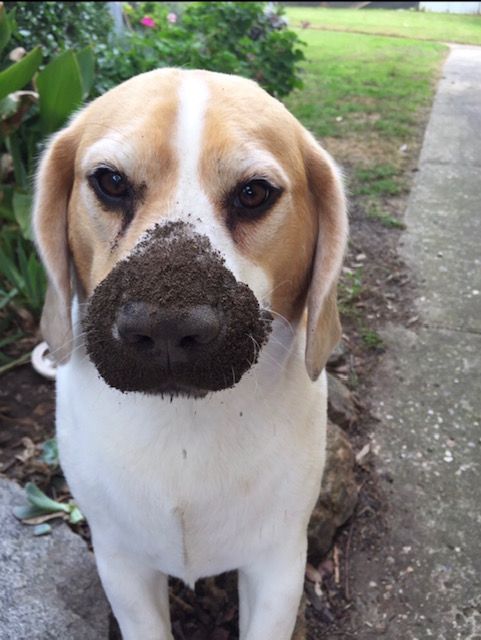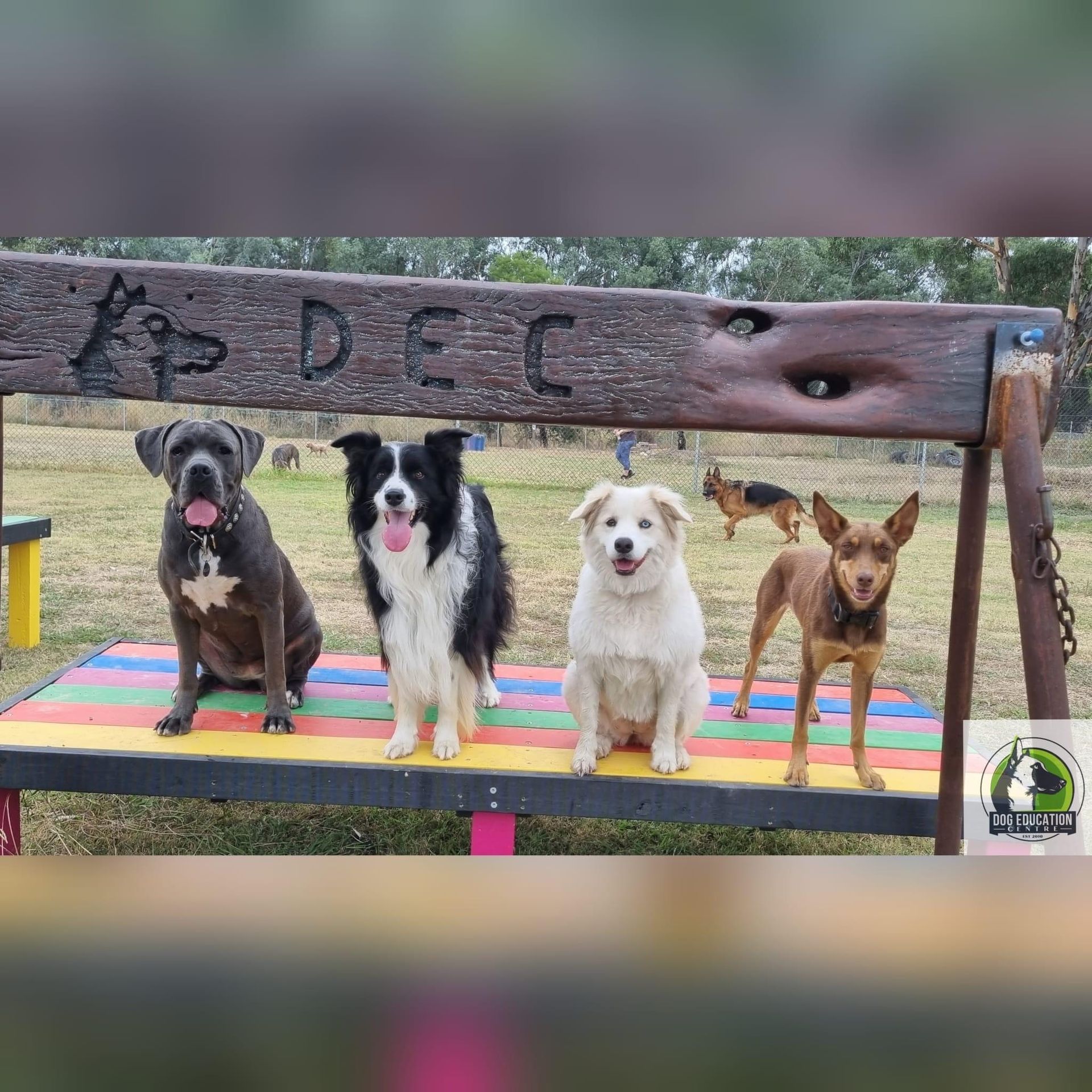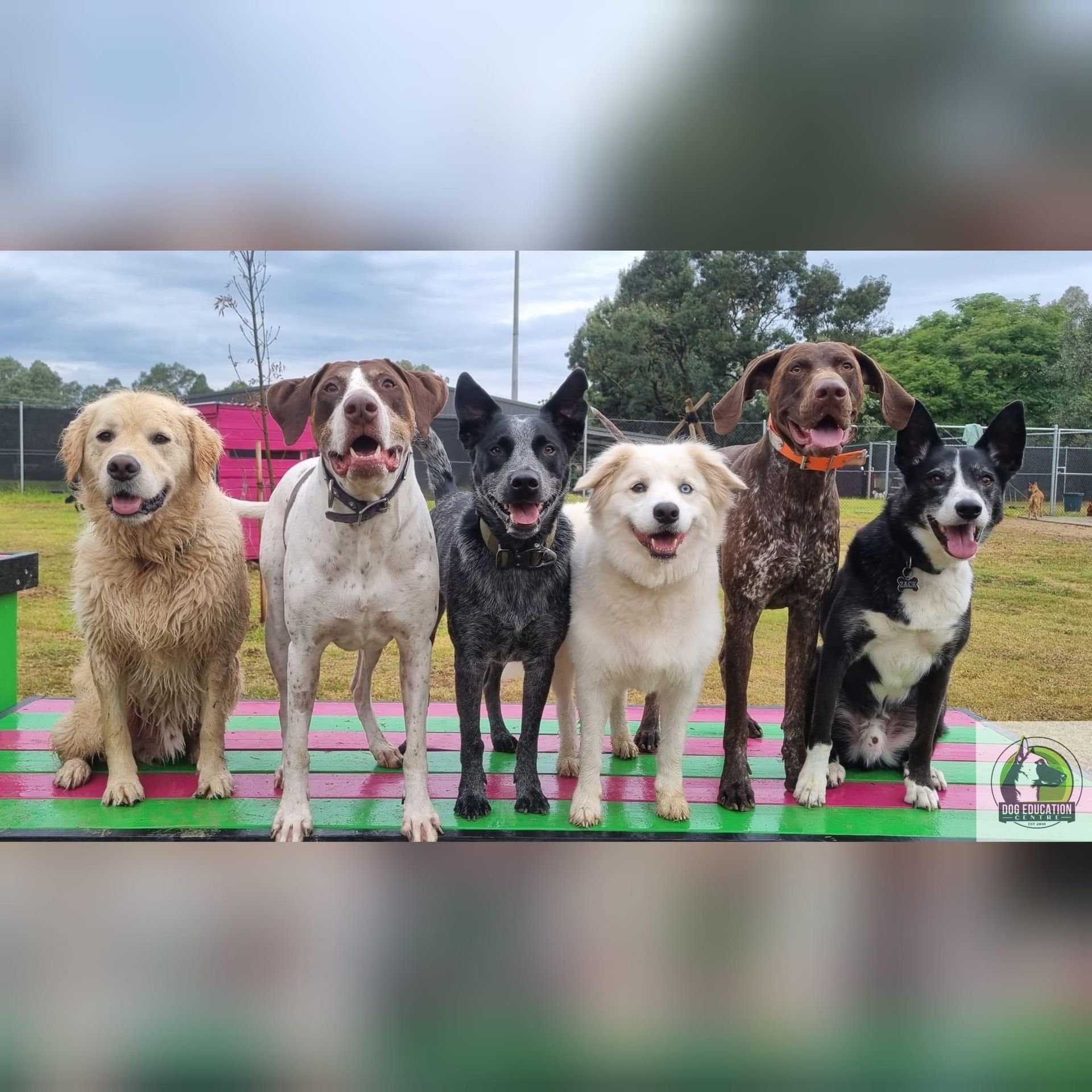By now, you’ve probably heard of crate training. There are lots of arguments for and against. Personally, I choose to crate my dogs for a number of reasons.
My dogs go into crates locates in my garage each night and are let out each morning. They may also spend some time in there during the day depending on our workload and their health, the temperature outside etc.
Why do I do it?
- It reduces the likelihood of them barking ( Think possums, late night walkers etc)
- It’s temperature controlled.
- It keeps them safe from snakes (in summer).
- They can’t wander or get injured at night.
- The garage is located right near my bedroom so if there is an issue with any of them I can hear it.
- They are so convenient when we travel with dogs. We flat pack them and pop them up wherever we go.
- They LOVE their crates. If I leave the garage door open, I can guarantee, this is where you will find them during the day.
What else can you use crates for?
- Toilet training
- Giving nervous dogs a quiet and safe place to go to.
- Separating dogs and children when they can’t be supervised
- Helping treat separation anxiety
- It helps dogs to cope when they go to the vet
- Recovery space after surgical procedures
- Convenience when travelling (crates are exactly like a portable kennel that flat pack and can be erected anywhere).
- It stops dogs destroying your home and belongings
- Prevents counter surfing
Where do I buy them?
The short answer is Ebay. We buy bulk crates for the Dog Education Centre and we have found this to be the most cost effective way to purchase. We pay no more than $80 delivered to the door.
What type of crate do we use?
We use wire crates mostly. For dogs with anxiety, the wire or ‘open’ type crates can often be a little scary. Most of these dogs prefer the ‘closed in’ den-like effect of the plastic and nylon crates. This can be simulated in the wire crates by placing a blanket over the top.
We have found that the material crates- whilst looking nicer- are much easier for a dog to break.
How large should the crate be?
The crate that you choose should be large enough for your dog to easily stand up, with the head in a normal elevated position. Your dog must be able to turn around, and stretch out fully when lying down.
As a general guide our staffy’s, Border Collies etc use a 36 inch crate. Our GSD’s, Pointers, Rottweilers etc use a 42 Inch Crate. Anything smaller than a Corgi gets a 30 inch crate.
Hot tips for puppy owners.
Your dog should spend time in the crate when you are home. Doing this teaches your dog that going to the crate does not always mean you are going to leave the house.
With young puppies, give them a chance to go to the toilet before putting them in the crate. Try to make sure your puppy is tired before putting them in the crate so they are more likely to fall asleep.
Most puppies have a natural instinct not to toilet where they sleep or eat. Therefore most puppies will try not to toilet in the crate. When you are unable to supervise your puppy, you can put them in the crate to prevent accidents.
A young puppy should not be crated for more than 3-4 hours at a time, without being given the opportunity to toilet outside. Do not make your puppy eliminate in the crate by expecting them to hold on longer than they are physically able.
Always reward outside toileting.
Enjoy xx




